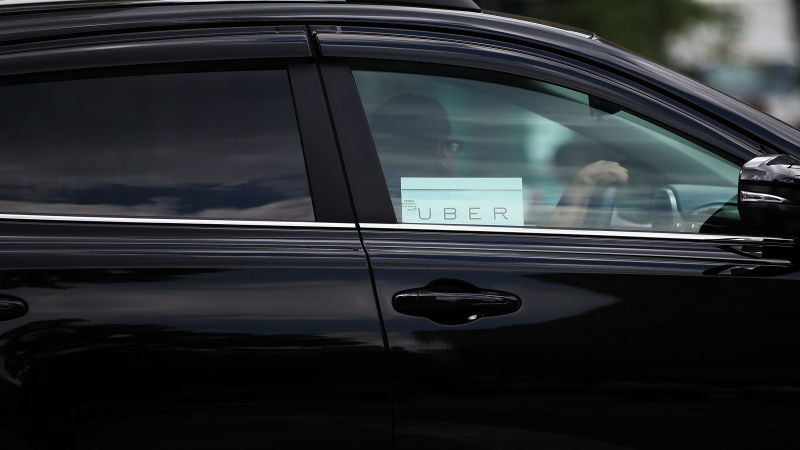
One of the main talking points about Uber and Lyft is that, by getting more people to take taxi rides instead of drive, congestion would ease up everywhere. That hasn’t happened. And now, according to a new study, it appears Uber and Lyft’s services to pool riders into cars, with the ostensible purpose of helping alleviate congestion, isn’t helping either.
It’s something we’ve covered time and again, but the report from Bruce Schaller, a former deputy commissioner for traffic and planning at the New York City Department of Transportation, takes a hard look at ride-hailing options like UberPool and Lyft Line and concludes they’re making traffic worse “by appealing directly to customers who would otherwise have taken transit, walked, biked or not used a ride-hail service at all,” The Washington Post reports.
And Schaller’s findings compelled him to issue a serious warning to cities, the Post reports, saying they should “make efforts to counter the growth of ride-hail services, or surrender city streets to fleets of private cars, creating a more hostile environment for pedestrians and cyclists and ultimately make urban cores less desirable places to live.”
Ride-hailing trips increased 72 percent from 2016 to 2017, according to Schaller’s report, but here’s the rub about UberX, via the Post’s story:
Schaller found that while options such as UberX add 2.8 new vehicle miles for each mile of personal driving they eliminate, the inclusion of options such as UberPool and Lyft Line adds to traffic at only a marginally lower rate: 2.6 new miles for every mile of personal driving reduced.
The findings are based on published trip mileage data and the companies’ own claims about the share of solo and pooled rides.
Advertisement
“Shared rides add to traffic because most users switch from non-auto modes,” Schaller’s report says. “In addition, there is added mileage between trips as drivers wait for the next dispatch and then drive to a pickup location. Finally, even in a shared ride, some of the trip involves just one passenger (e.g., between the first and second pickup).”
Naturally, Lyft and Uber took issue with Schaller’s report, with Lyft vaguely pointing to “sustainability efforts” in a statement to the Post. “Since Lyft’s founding, we’ve been focused on increasing car occupancy and eliminating the need for car ownership,” a spokesperson said. “That focus has paid off.”
Uber agreed with several of Schaller’s proposal ideas, the Post said, but the company “argued that contrary to Schaller’s conclusions, Uber saved more than 315 million global vehicle miles in 2017 by shifting riders to its pool service.”
Schaller never argued, however, that pool services were less efficient than solo rides. He concluded that at the rate the services are expanding — and with appeals to transit users — the effects of any such reductions are negligible and the growth is untenable.
Advertisement
Who would’ve thought that adding a bunch of cars to the streets for purposes of creating a modern day taxi fleet would have this sort of outcome? I’m just shocked.













